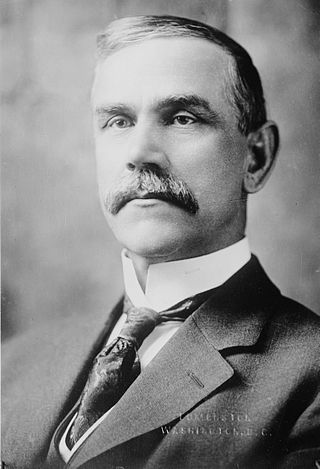
Reed Smoot was an American politician, businessman, and apostle of the Church of Jesus Christ of Latter-day Saints. First elected by the Utah State Legislature to the U.S. Senate in 1902, he served as a Republican senator from 1903 to 1933. From his time in the Senate, Smoot is primarily remembered as the co-sponsor of the 1930 Smoot–Hawley Tariff Act, which increased almost 900 American import duties. Criticized at the time as having "intensified nationalism all over the world" by Thomas Lamont of J.P. Morgan & Co., Smoot–Hawley is widely regarded as one of the catalysts for the worsening Great Depression.
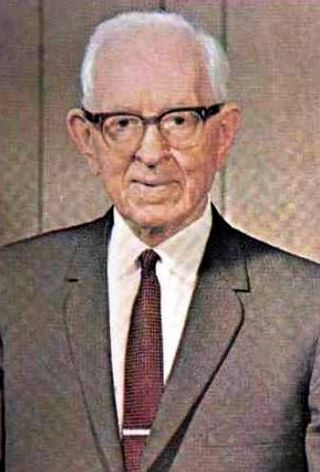
Joseph Fielding Smith Jr. was an American religious leader and writer who served as the tenth president of the Church of Jesus Christ of Latter-day Saints from 1970 until his death in 1972. He was the son of former church president Joseph F. Smith and the great-nephew of Church founder Joseph Smith.

John Whittaker Taylor was a member of the Quorum of the Twelve Apostles of the Church of Jesus Christ of Latter-day Saints and was the son of John Taylor, the church's third president. While he was an apostle, Taylor was excommunicated from the LDS Church for opposing the church's abandonment of plural marriage. He was subsequently posthumously re-baptized in 1965.

Charles William Penrose was a member of the Quorum of the Twelve Apostles of the Church of Jesus Christ of Latter-day Saints from 1904 to 1911. Penrose was also a member of the First Presidency, serving as a counselor to church presidents Joseph F. Smith and Heber J. Grant from 1911 until his death.

George Franklin Richards was a member of the Quorum of the Twelve Apostles of the Church of Jesus Christ of Latter-day Saints from April 9, 1906, until his death. He also served as Acting Presiding Patriarch of the LDS Church from 1937 to 1942 and President of the Quorum of the Twelve from May 25, 1945, until his death.

Orson Ferguson Whitney, born in Salt Lake City, Utah Territory, was a member of the Quorum of the Twelve Apostles of the Church of Jesus Christ of Latter-day Saints from 1906 until his death.

Richard Roswell Lyman was an American engineer and religious leader who was an apostle in the Church of Jesus Christ of Latter-day Saints from 1918 to 1943.
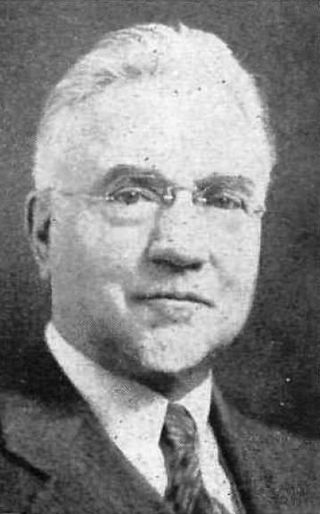
John Andreas Widtsoe was a Norwegian-American scientist, author, and religious leader who was a member of the Quorum of the Twelve Apostles of the Church of Jesus Christ of Latter-day Saints from 1921 until his death in 1952.
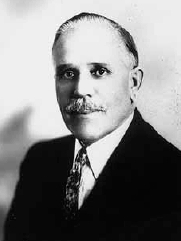
Joseph Francis Merrill was a member of the Quorum of the Twelve Apostles of the Church of Jesus Christ of Latter-day Saints from 1931 until his death.

Marriner Wood Merrill an American pioneer and religious leader. He was a pioneering settler of the Cache Valley and a member of the Quorum of the Twelve Apostles of the Church of Jesus Christ of Latter-day Saints.

Matthias Foss Cowley was a member of the Quorum of the Twelve Apostles of the Church of Jesus Christ of Latter-day Saints from 1897 until 1905. He resigned from the Quorum of the Twelve due to his unwillingness to support the church's abolition of plural marriage. He and John W. Taylor are the most recent apostles of the LDS Church to have resigned from their positions.

Edward Partridge Sr. was one of the earliest converts to the Latter Day Saint movement and served as the first Bishop of the Church.
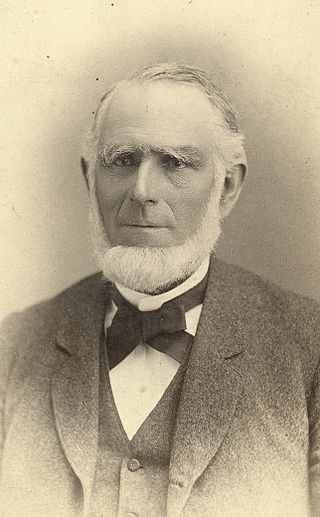
Abraham Owen Smoot was an American pioneer, businessman, religious leader, and politician. He spent his early life in the Southern United States and was one of seven children. After being baptized a member of the Church of Christ, predecessor to the Church of Jesus Christ of Latter-day Saints, Smoot served as a missionary in Kentucky, Tennessee, South Carolina, and England. He received no formal education, but learned to read as a child and later attended the School of the Prophets in Kirtland, Ohio. Like other early members of the LDS Church, Smoot practiced plural marriage, eventually marrying six women and having 24 children. After migrating west to Utah Territory, he was elected as the second mayor of Salt Lake City and maintained this position from 1857 to 1866. He was then assigned by Brigham Young to move to Provo, where he served as stake president and mayor from 1868 to 1881. He assisted financially in the construction of the Provo Tabernacle—today the Provo City Center Temple—as well as that of the Utah Southern Railroad. Smoot was the first president of the board of trustees of Brigham Young Academy (BYA)—which later developed into Brigham Young University (BYU). He was an early financial supporter of the institution and was nicknamed the "foster father" of the academy. His goal was to make education available to young Latter-day Saints. Today, the Smoot Administration Building at BYU is named after him.

Zebedee Coltrin was a Mormon pioneer and a general authority in the Church of Jesus Christ of Latter-day Saints from 1835 to 1837. He served in later years as a patriarch in the church, from 1873 until his death.
Sylvester Marshall Smith was an early leader in the Latter Day Saint movement and one of the inaugural seven Presidents of the Seventy.

Joseph Thomas Kingsbury was Acting President of the University of Deseret, now known as the University of Utah, from 1892 to 1894. In 1894 he was replaced by James E. Talmage, and then in 1897, was appointed President of the university. He held that position until he resigned because of a campus controversy in 1916. In spite of his resignation, Kingsbury's combined service as president of the university was longer than any other since.

Stephen L Richards was a prominent leader in the Church of Jesus Christ of Latter-day Saints. He was a member of the Quorum of the Twelve Apostles of the LDS Church and the First Counselor in the First Presidency.
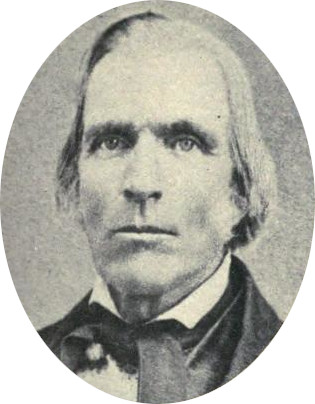
Stillman Pond – a farmer, harnessmaker, and land speculator by trade, and a native of Hubbardston, Worcester, Massachusetts – was a Mormon pioneer and church leader recognized for the great personal sacrifices he made in the Mormon exodus from Nauvoo, Illinois, to the Great Basin's Salt Lake Valley, in what would later become Utah Territory.















